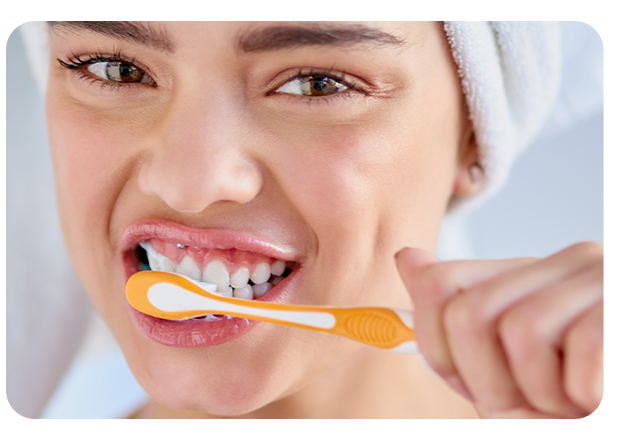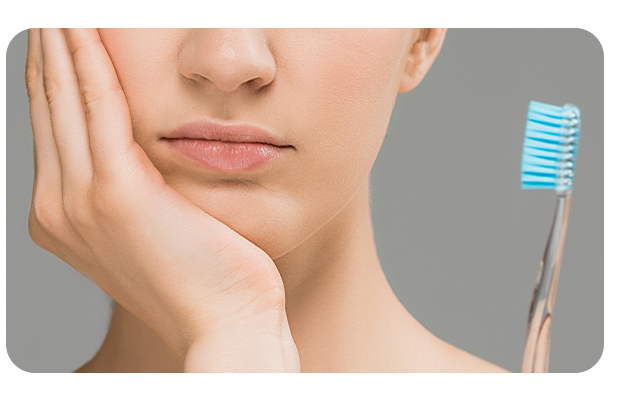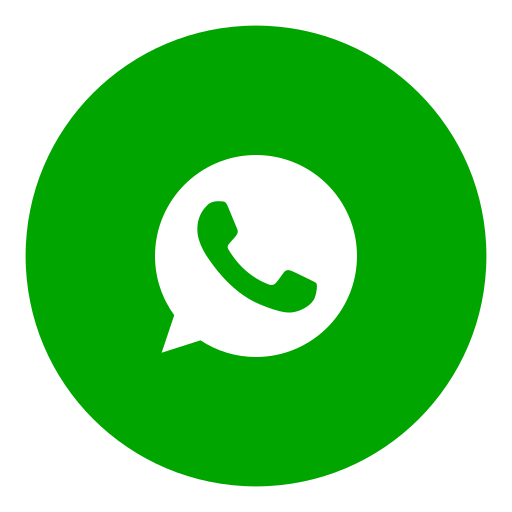Gum Recession Treatment
Gum recession is a serious oral health issue that many people face but often neglect. It can expose the tooth roots, leading to sensitivity, aesthetic concerns, and even tooth loss. However, having the right knowledge and applying proper treatment methods can prevent this problem. At LHC Clinic, we explore the causes, symptoms, and effective treatments for gum recession in this comprehensive guide.

What Causes Gum Recession?
There are several factors that contribute to gum recession. The primary causes include:
- Gum Diseases: Periodontal diseases and gingival infections can lead to gum recession.
- Improper Brushing Techniques: Using a hard-bristled toothbrush or applying excessive pressure while brushing can harm the gums.
- Genetic Factors: Family history can increase the likelihood of gum recession.
- Teeth Grinding and Clenching (Bruxism): Grinding your teeth at night or due to stress can contribute to gum recession.
- Poor Oral Hygiene: Neglecting regular brushing and flossing can promote bacterial growth and infections.
- Tartar Buildup: Dental tartar can advance beneath the gums, leading to recession.
- Smoking and Tobacco Use: Smoking negatively affects gum health, contributing to recession.
- Improper Dental Treatments: Faulty fillings or crowns can damage the gums.
- Dietary Habits: Excessive sugary and acidic foods can weaken tooth enamel, affecting gum health.
- Hormonal Changes: Pregnancy, menopause, and puberty can make gums more sensitive.
What Are the Symptoms of Gum Recession?
⚠️ Symptoms of Gum Recession
Gum recession usually progresses slowly, making it difficult to detect at first. However, the following signs should not be overlooked:
- Increased tooth sensitivity
- Teeth appearing longer than usual
- Gum bleeding and swelling
- Bad breath or an unpleasant taste in the mouth
- Change in gum color (paleness or redness)
- Formation of pockets due to gum recession
If any of these symptoms are noticed, it’s important to visit a dentist promptly.


Treatment Methods for Gum Recession
🦷 Treatment Options for Gum Recession
Treatment for gum recession depends on the severity of the condition and the underlying causes. Common treatment options include:
- Professional Teeth Cleaning (Scaling): Dentists can remove plaque and tartar buildup to maintain gum health. This can prevent the progression of recession.
- Root Surface Smoothing (Curettage): By smoothing rough surfaces on the tooth roots, bacteria accumulation is prevented, and gum tissue healing is supported.
- Laser Treatment: Laser technology is a less invasive method that accelerates tissue healing and can be used to treat gum diseases.
- Gum Grafting (Tissue Transplant): In advanced cases of gum recession, healthy tissue from the patient’s mouth is used to regenerate the gum area.
- Pink Aesthetic Procedures: Aesthetic issues caused by gum recession can be addressed through laser or surgical methods to restore the smile.
- Night Guards: Special night guards can be used to prevent gum recession caused by bruxism.
- Antibiotic Treatment: For gum infections, a dentist may prescribe antibiotics to prevent further recession.
- Natural and Herbal Remedies: Aloe vera, coconut oil pulling, and saltwater rinses can help support gum health. However, these should complement professional treatment rather than replace it.
How to Prevent Gum Recession?
🛡️ How to Prevent Gum Recession
To prevent gum recession, regular oral care is essential:
- 🪥 Brush your teeth gently at least twice a day with a soft-bristled toothbrush.
- 🧵 Use dental floss and mouthwash to maintain good oral hygiene.
- 🚭 Avoid smoking and tobacco products.
- 🦷 Visit your dentist regularly for check-ups.
- 🍊 Consume foods rich in vitamin C.
- 🥜 Avoid hard and abrasive foods.
- 😌 Manage stress to prevent teeth grinding.
- 💧 Stay hydrated to maintain oral moisture balance.


Conclusion Gum Recession
🏥 Protect Your Gums with Expert Care at LHC Clinic
Gum recession can be managed with early detection and the right treatment methods. If you notice any symptoms, don’t delay in consulting with a dentist. Healthy gums are not only essential for an aesthetic smile but also play a critical role in your overall health.
At LHC Clinic, we offer the most effective treatment solutions with our expert dental team to protect your gum health. Don’t neglect your regular dental care for a healthier mouth!
Frequently Asked Questions
Zirconium crowns are durable, metal-free dental restorations made from zirconia, known
for:
• Exceptional strength and resistance to fractures
• Biocompatibility, reducing the risk of allergic reactions
• Natural-looking aesthetics due to their tooth-like translucency
• Longevity with proper oral care
These crowns are widely used for both front and back teeth, offering a combination of
aesthetics and durability.
Facts:
• Frequent sugar intake feeds bacteria in the mouth, producing acids that erode enamel
• Even natural sugars can contribute to decay if oral hygiene is poor
Myths:
• Only candy causes cavities—actually, starchy foods and sweetened drinks can be just
as harmful
• Brushing right after eating sweets prevents cavities—it's better to wait 30 minutes to
avoid brushing softened enamel
A healthy smile starts with a disciplined oral care routine. This routine should include:
• Brushing twice daily with a soft-bristled toothbrush and fluoride toothpaste
• Flossing once a day to remove plaque and food debris between teeth• Rinsing with an antibacterial mouthwash for added freshness and protection against
plaque
• Replacing your toothbrush every 3 months or sooner if the bristles are worn
Additionally, limiting sugary snacks and acidic drinks, staying hydrated, and attending
regular dental check-ups contribute to long-term oral health.
Bruxism involves involuntary grinding or clenching of teeth, often during sleep. Possible causes: • Stress and anxiety • Misaligned teeth • Sleep disorders Treatment: • Night guards to protect teeth • Stress management strategies • Orthodontic treatments if misalignment is a factor
Porcelain Laminates:
• Long-lasting and stain-resistant
• High aesthetic value with natural translucency
• Require more tooth preparation
Composite Laminates:
• Applied directly in the dental chair
• More budget-friendly
• Easier to repair but less durable and more prone to discoloration
Which to Choose?
Porcelain laminates are preferred for long-term, high-aesthetic cases, while composite
laminates are a good option for quicker, more affordable smile improvements.
